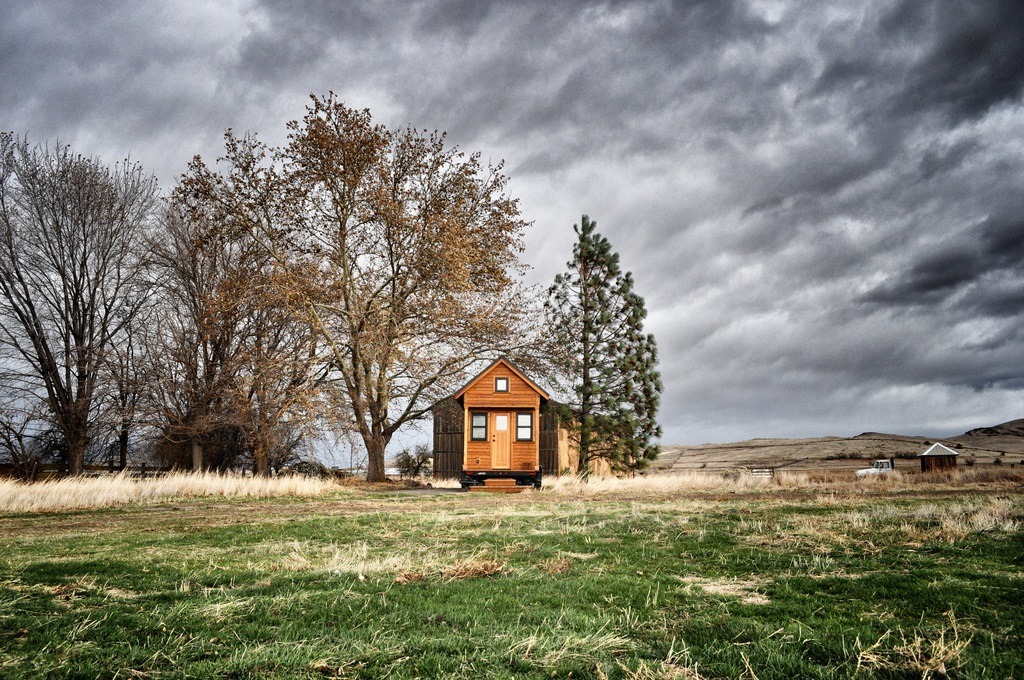
August 11, 2015; Los Angeles Times
On Tuesday, August 11th, Los Angeles City Councilman Joe Buscaino introduced a motion that could affect a current housing option for the homeless. Citing the “tiny homes” that have begun to pop up in the San Pedro community of Los Angeles as a “threat in many ways to our public safety,” Buscaino has requested the City Attorney “report on the legality of the placement of such structures in both the public right-of-way and on private property.” Buscaino further requested that the city develop removal protocol.
These tiny homes, or “shacks,” in the words of Buscaino, are small buildings on wheels. The average tiny home is the size of a garden shed, and each home is built on wheels so that it can be moved frequently enough to skirt laws against loitering or trespassing. While the homes offer shelter from the elements, they lack running water and washrooms. Finally, to be visible to drivers at night, each home would require reflective markings. For all of these reasons, Buscaino believes the tiny homes to be unsafe. Additionally, some of Buscaino’s constituents have raised another concern: It is unclear if tiny homes offer temperature control options to occupants.
Neighborhood opinion is divided, as some residents believe that a homelessness solution is needed while others wish the homeless would be removed from the area. Unnamed community activities erected the tiny homes and may have been inspired by a viral video by Los Angeles local Elvis Summers, who built a tiny home for a grandmother who was homeless for a decade. Summers expressed a desire to work with local politicians to build more tiny homes, but politicians like Buscaino are not likely to support this program.
Sign up for our free newsletters
Subscribe to NPQ's newsletters to have our top stories delivered directly to your inbox.
By signing up, you agree to our privacy policy and terms of use, and to receive messages from NPQ and our partners.
Politicians and neighborhood residents aren’t the only stakeholders with reservations, though; Tahia Hayslet, the executive director of a nonprofit created to assist the homeless, is concerned about the lack of bathrooms and cooking facilities for residents.
Perhaps Buscaino should travel to Portland, where he could meet Mayor Charlie Hales, who is reportedly “infatuated” with the idea and who has cited the tiny home community of Opportunity Village in neighboring Eugene, Oregon, as an example. Opportunity Village comprises 30 small units, with shared cooking, washing, and laundry facilities for residents. Rents are very low, and the Village is described as “peaceful, even soothing.”
One distinguishing factor between the pop-up tiny homes in San Pedro and the Opportunity Village in Oregon? Opportunity Village is governed by a local nonprofit that provides oversight and ensures that none of the community’s rules (no alcohol, drugs, violence, or stealing) are broken. If San Pedro’s tiny homes do, by chance, stick around, elected officials would be wise to examine the governance model successfully employed by Opportunity Village.—Maggie Hodge Kwan











